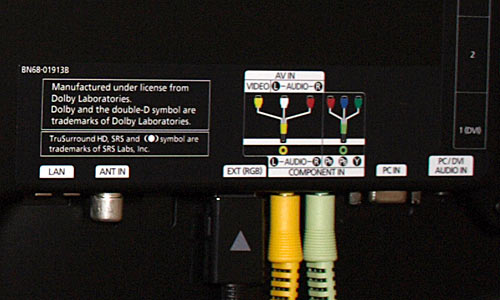
LED stands for Light-Emitting Diode and contrary to what many think, is not a new TV technology. - It 's just another way to light the LCD Liquid Crystal Display. A liquid crystal display is a glass works by controlling the capacity of their segments (pixels) by varying the electrical signal. Each segment (pixel) acting as a trigger for the amount of light is transmitted to control. The crucial difference between technology and LCD TVLED TV technology is a source of light that pass through these pixels.
LCD TV technology
LCD TV screens, lighting, fluorescent screens are used for backlighting. LCD TV with a cold cathode fluorescent lamp (CCFL), light bulbs that can be and are used by some people to light their homes. For back-light a series of TV lights are back with a horizontally placed on the TV. The light isdistributed evenly on the glass with a plastic sheet from the light and for the most part, delivers a clear picture on the screen. But creating a real image is often difficult with the black LCD technology. This is due to be carried out on a screen that obscures the light source is blocked and an LCD light is always on. Manufacturers get stuck on this, which is dark for the light source with a screen, but with most TVs, the light of blood, sonever allows a real-image black.
LED TV Technology
LED TV on the other tubes (LEDs) that light is smaller than the CCFL to produce. There are two types of LED lighting - board mounting and direct.
Edge LED light placed on the edge of the TV screen. As a result of CRT TV mounted on the side, television can be createdmuch more subtle. The ultra-thin TV Shops found in this type of lighting technology. Glass LED light is routed behind the TV, the light is distributed evenly with drive through.
The LED lamps are glass tubes placed directly behind the TV. The amount of LEDs depends on the size of the TV with no less than 1,500 LEDs. A single LED may be responsible for lighting up to 1400 pixels on the screen. The main advantage directly illuminated LED is that when an area of the screen is dark, the LEDs can be switched off so that the contrast. This is also known as local dimming LCD did not.
There are two types of direct LED lights - white and RGB (red, green, blue). White LEDs are similar to CCFL, produce white light. RGB LED with three colors, the color turns the TV into a position of a broader spectrum.
The debate, which is better LCD and LEDTechnology TV> read, and debate what kind of LED on the top tube is also a great debate. Opinion in this case, a lot of rules!
Visit : Samsung UN60C6300
No comments:
Post a Comment